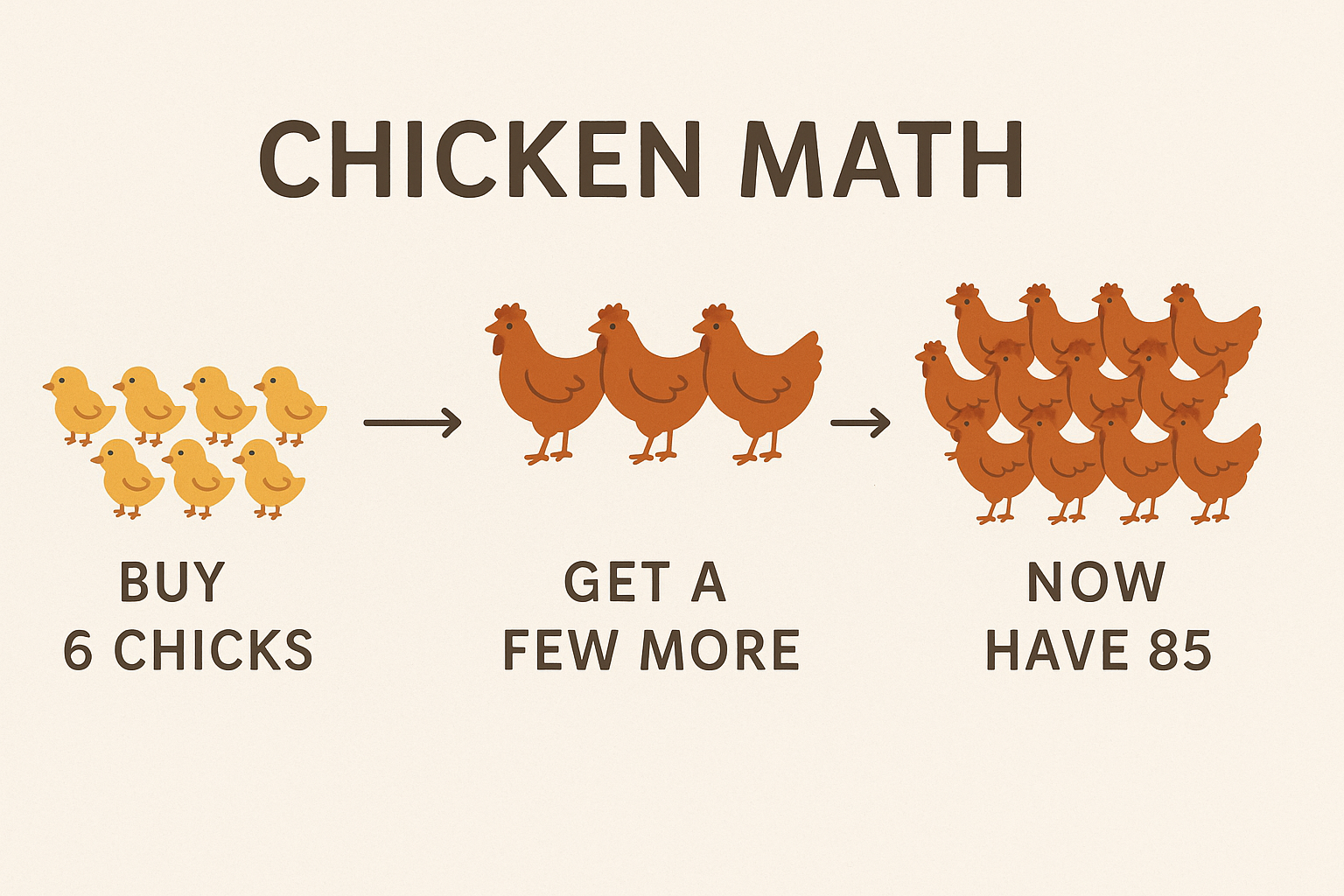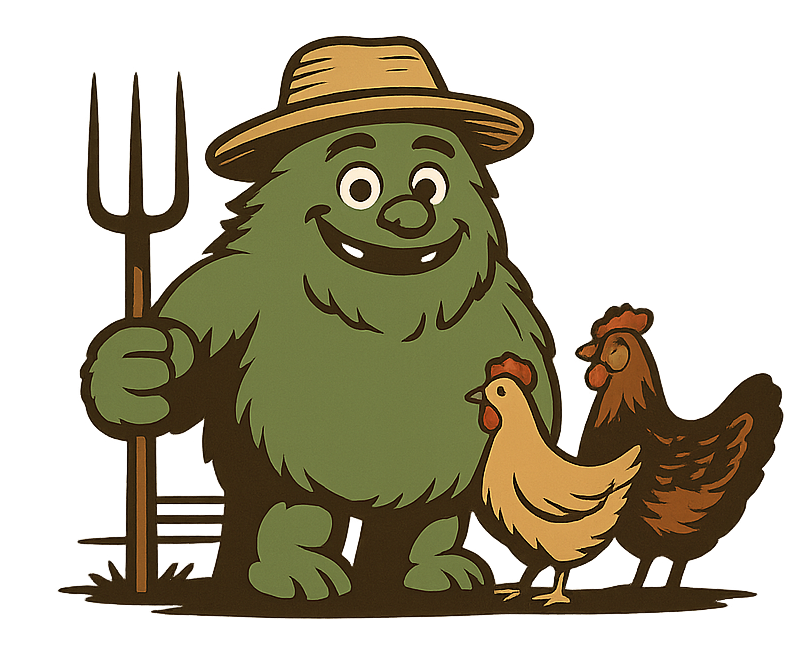Where to Start?
Have you wondered how to start homesteading? When we made the jump from suburban renter to rural owner- we didn’t know what to expect. We had no experience growing food, raising animals other than a dog, or building fences and coops; but we figured it out. If that’s where you are, this is for you.
Our journey started with survival shows: Life Below Zero, Live Free or Die, and many more. We watched these and realized how far from self-reliance our lives had drifted. I was working 7 to 7, seven days a week. My wife and I decided enough was enough. We bought some land and just started figuring it out. We’ve learned a lot—mostly by doing things wrong..
What do you plan to do?
Before we even bought our property, we knew it had to serve one of two purposes: either make money or help us save it. We started with the second option—cutting expenses—and bought chickens. From there, we began planning our next steps. We didn’t have everything figured out on day one, but we had an idea.
Who Wants to Help?
Have you given consideration to who is going to do what? Who will be on the property? Who has a job outside of the homestead? My wife and I have three small children, and that means I do a lot of the work on my own.
Ordinances and Zoning
You need an understanding of your property like the multiple people who view it and determine what you can do with it. Regulations for homesteading generally start at the state level and work down through the county, city, and subdivision. It can seem like a lot, but the most important thing is to know where you are.
If you live in an unincorporated area of the county like we do (not in city limits) there are generally not a lot of rules. When you start moving towards city limits and subdivision things get tougher. In Texas, many cities prohibit roosters, but allow hens. Most subdivision will limit the structures you can and cant have.
I’VE SEEN IT!: In 2011, I served on the Architectural Review Board for a subdivision in Florida. One of our first enforcement cases involved a $30,000 gazebo/bar built without approval. It was denied retroactively, and the owner had to tear it down.
Imagine showing up at your property with big plans, only to find out that you were not allowed to build your coop, hunt your land, or raise animals. It seems like such a crazy thing to miss, but join any homestead type Facebook group and you’ll see it. This is an important thing to remember as you begin to learn how to start homesteading.
Property Taxes & Exemptions
One of the first steps is understanding your land, how it’s zoned, and what that means for your plans. Agricultural zoning, wildlife exemptions, timber use—these all impact your taxes and what you can build or raise. An ag exemption can save you thousands per year in taxes.
For example: our friends down the road have the same size house as us, but 36 more acres. They also have an ag exemption, and we don’t. Their annual property taxes? Around $500. Ours? Closer to $5,000.
Chickens: The Gateway Livestock
Chickens are where many homesteaders begin, and for good reason. They’re relatively easy, don’t require much space, and they give back—eggs, meat, and even compost material.
But here’s the thing about chickens: there’s a phenomenon known as Chicken Math. Chicken math is the inability to stop acquiring chickens. You buy two. Then four more. The seller throws in a few extras. You realize they won’t lay for six months, so you buy some laying hens. A year later, you’re running a breeding program with 85 birds and selling eggs.

Start small. We began with 14. That was manageable. We learned the basics of care, housing, predator protection, and feeding. We adjusted our flock over time to breeds that were more desirable in our market.
Land Use Planning
Every tree you cut may take 20+ years to grow back. That matters. Land planning is critical. Where will the garden go? How will water flow? Where’s the best sun? What’s your wind exposure? Don’t rush into clearing land without a plan.
We’re still working around mistakes that were made before we bought the property. Seeing some of the crazy stuff that the prior owner did made us realize it’s best to take things slow.
Lessons Learned the Hard Way
Go slow. Starting with 14 chickens instead of 100 gave us room to learn, correct, and adapt without being overwhelmed. This even allowed us to better research other areas of the poultry business which increased offerings and profitability.
Everything takes longer than you think. Coop building, fencing, clearing brush—it all takes more time than city life prepares you for.
Buy once, cry once. Cheap tools cost more long term. We’ve re-bought almost every tool we tried to save money on.
You will make mistakes, don’t be too hard on yourself.
Final Thoughts
When we were learning how to start homesteading we didn’t know a lot. Homesteading isn’t a single project. It’s a lifestyle shift. You don’t need to do it all today. Start with what you have. Learn, adapt, and grow. Whether it’s eggs, firewood, or just some peace and quiet—your land can return the investment if you treat it with care.

Leave a Reply